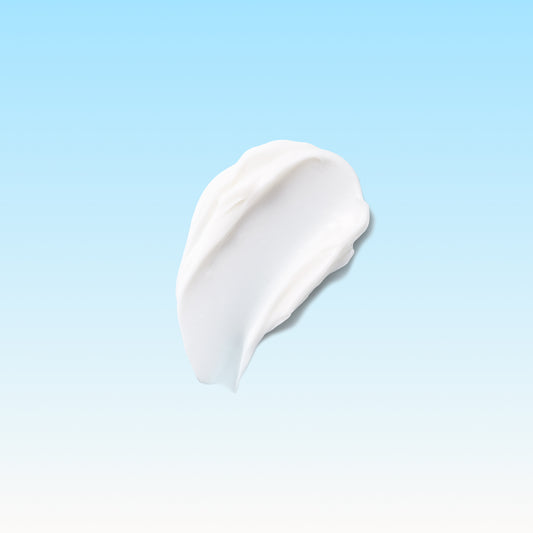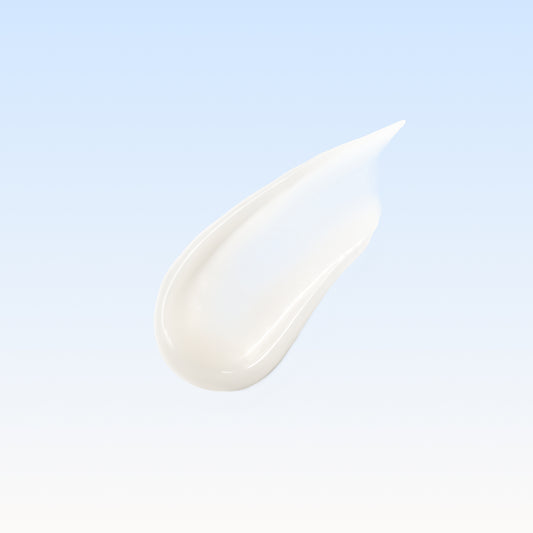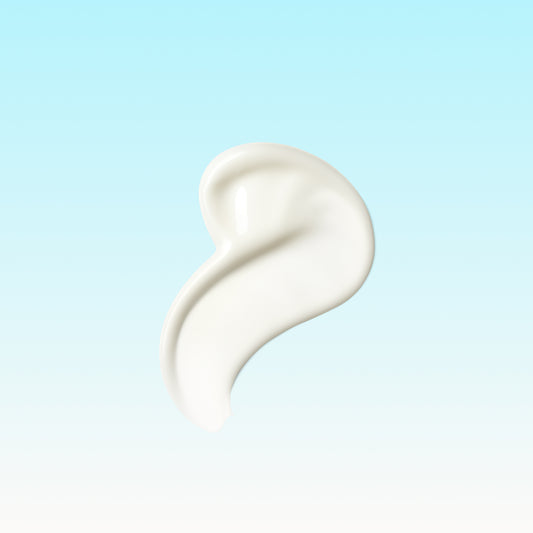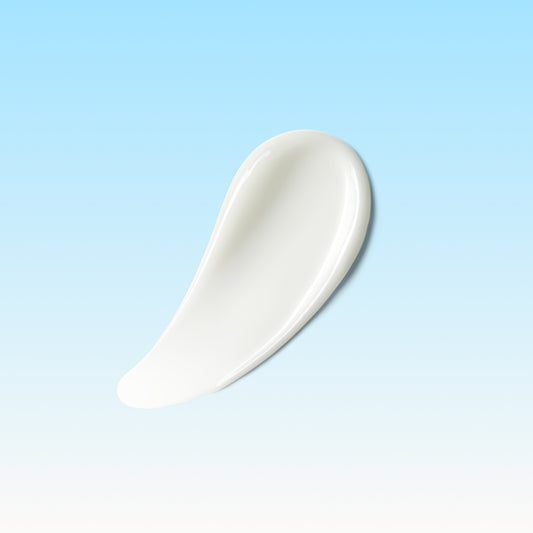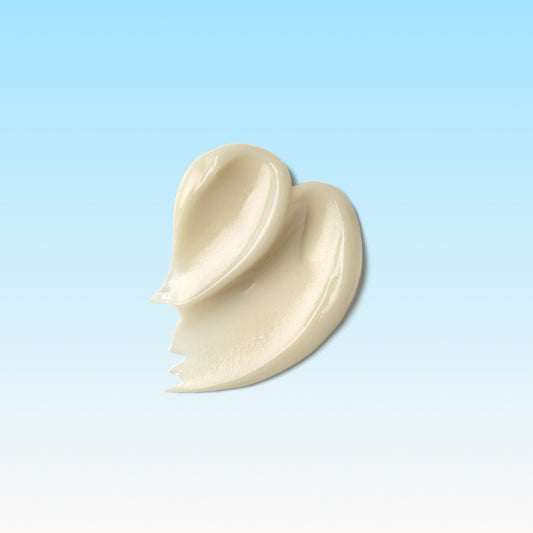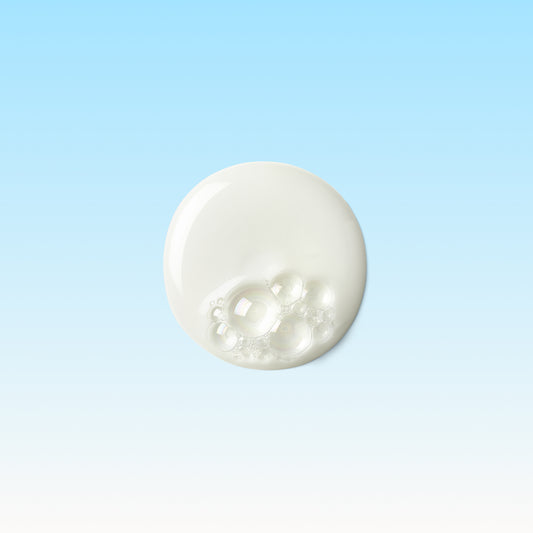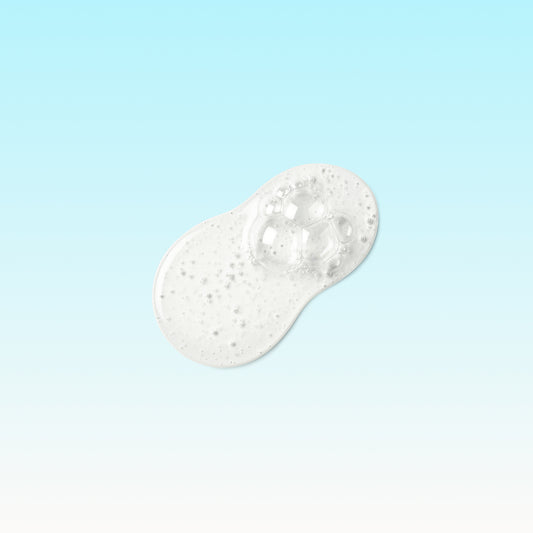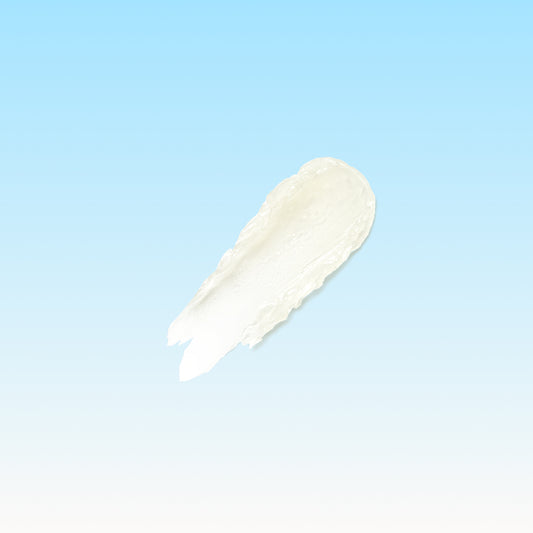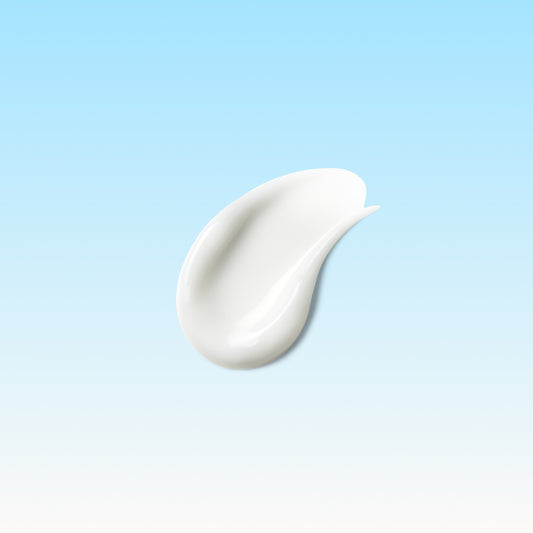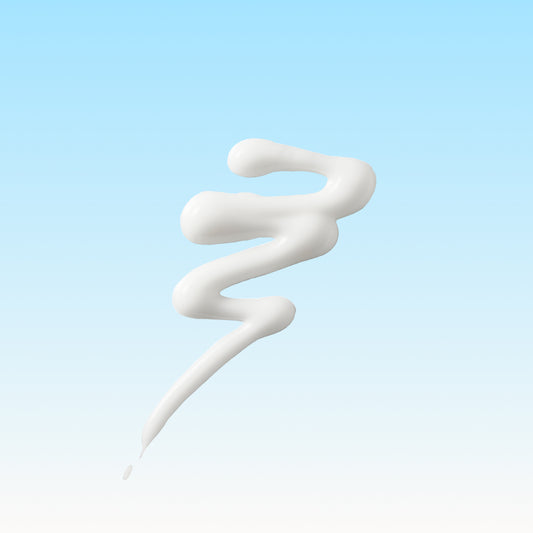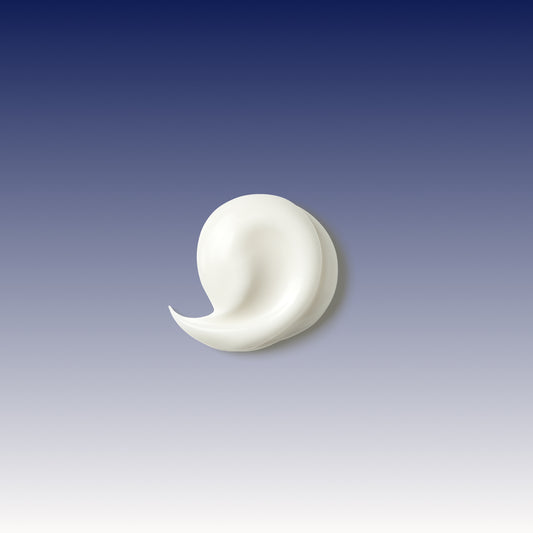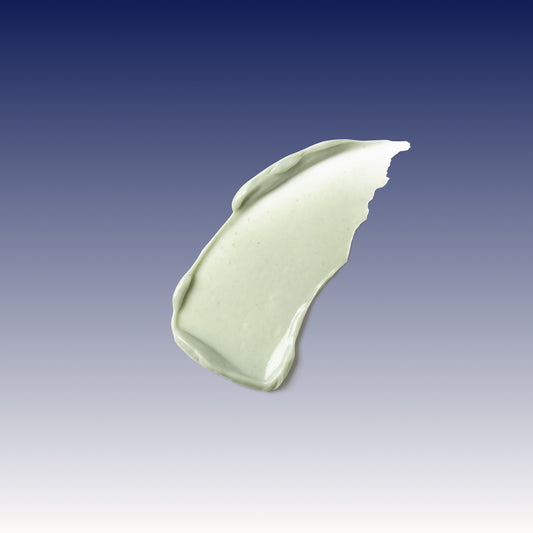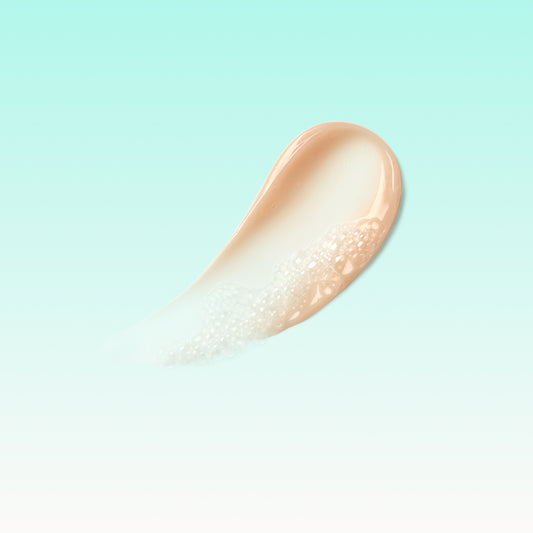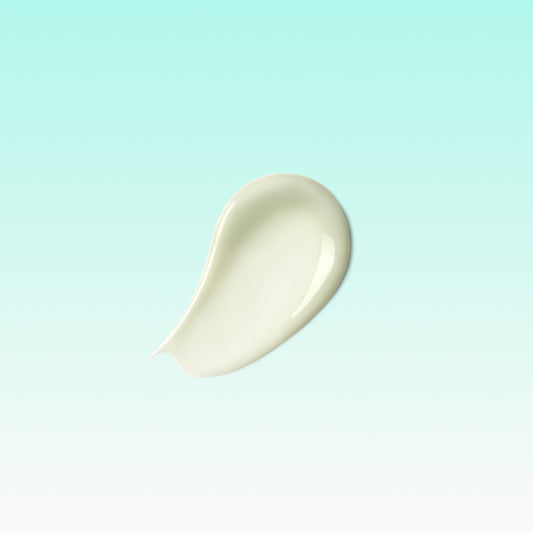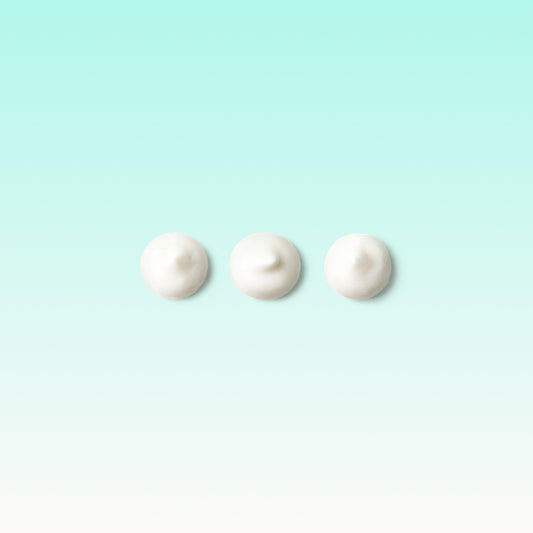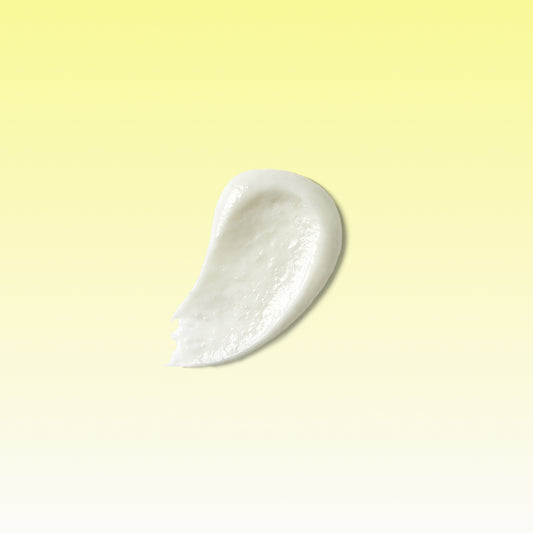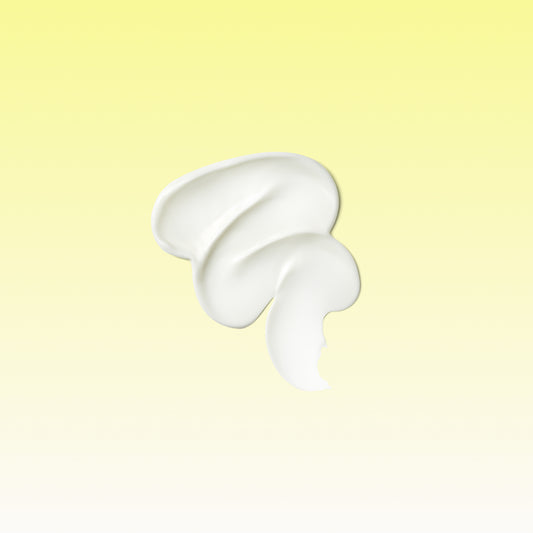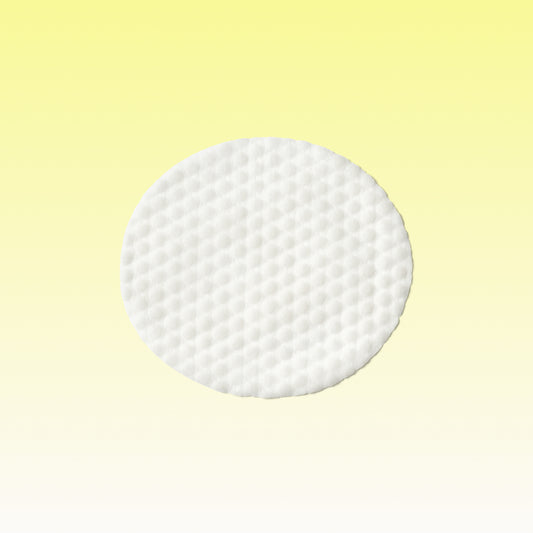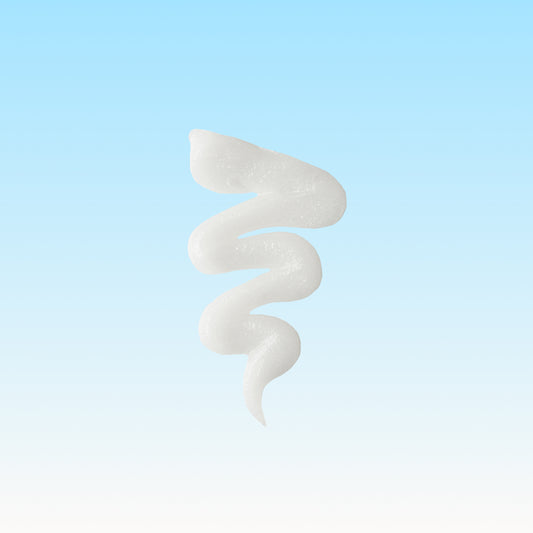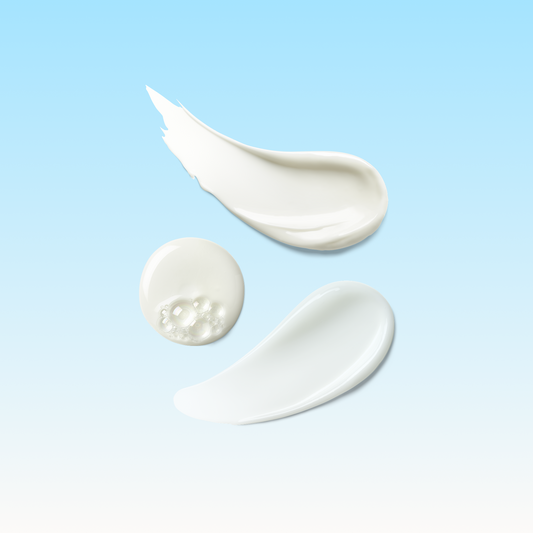Rosacea 101
What is rosacea?
Rosacea is a chronic, and extremely common inflammatory skin disorder that causes redness and sometimes pimples that typically show up on the center of the face. It’s triggered by a hypersensitivity to many factors, from sun exposure to red wine. (Imagine sensitive skin times a hundred.) “Rosacea is on a spectrum from mild to severe, and the earliest sign is a tendency to flush easily due to persistently dilated blood vessels in the skin,” says dermatologist Heidi Waldorf MD, based in Nanuet, NY, and Associate Clinical Professor, Dermatology, Icahn School of Medicine at Mount Sinai in NYC. “Over time this commonly evolves into papular rosacea, with red, bumpy pimples on the central face.”
Is it rosacea or acne?
“It can be difficult to tell the difference,” says dermatologist Hilary Baldwin MD, Medical Director at The Acne Treatment and Research Center in Morristown, New Jersey and Clinical Associate Professor Dermatology, Rutgers Robert Wood Johnson Medical Center. “Acne can present all over the face, and adult breakouts are typically located at the jawline, while rosacea tends to be on the central face and is accompanied by background redness of the skin. With acne, you may also have blackheads.” Age is another consideration. “Rosacea typically occurs between the ages of 30 and 50, while most acne patients are under 25 years old,” adds Baldwin.
What’s the difference between blushing and rosacea?
We all tend to flush sometimes, whether it’s from embarrassment, strenuous exercise, a menopause hot flash, or too much red wine. Frequent flushing is easily confused with rosacea, but blushing comes and goes, and pops up all over the face, neck and chest. Rosacea is characterized by chronic redness, pimples, a thickening of the skin (especially on the nose and especially in men), or the appearance of broken capillaries on the mid-face.
What triggers rosacea?
Rosacea is a genetic condition, but more often than not it’s initiated, and exacerbated, by an impaired skin barrier. “The protective stratum corneum becomes more vulnerable, ceramides in the skin become deficient, and transepidermal water loss increases. All of these things make the skin dry and more susceptible to irritation from various triggers,” says Baldwin. And these triggers are all over the board: UV exposure, spicy food, alcohol (particularly red wine), hot drinks, hot showers, stress, and vasodilators such as blood pressure medications can all set rosacea off.
3 Steps to treating rosacea
Strengthen your barrier
The first thing you want to do is make sure you’re not stripping natural oils from the skin, Baldwin says. Cleanse once or twice a day with a mild cleanser and lukewarm (not hot!) water. And then, moisturize, moisturize, moisturize! Look for humectants like glycerin and hyaluronic acid that bring water to the skin, and emollient ingredients (grape seed oil, jojoba oil) that seal in that moisture.
Avoid triggers
“Figure out your personal triggers by keeping a skin diary for a few weeks,” suggests Waldorf. “Once you’ve identified those factors, avoiding them will make a big difference.” If things like vigorous exercise or steamy showers spark a flare-up, Waldorf has a quick trick: “Hold something cold—a chilled bottle of water will do—against the side of your neck, at the jugular vein just underneath your jaw bone, to break the flush.”
Calm inflammation
“You don’t want to use acids, scrubs, astringents, retinoids, anything that could irritate sensitive skin,” says Waldorf. Stick to bland, unscented skin care products that contain moisturizing humectants and emollients, and look for anti-inflammatory topical ingredients like colloidal oatmeal, aloe, allantoin, chamomile, and green tea that help soothe skin and minimize redness. Because UV exposure can trigger and worsen rosacea, daily sun protection is critical too!
What can a doctor do?
If these steps aren’t getting the condition under control, see a dermatologist who can prescribe an oral or topical antibiotic medication (or a combination treatment of both simultaneously) to treat the inflammation of papular rosacea. “To reduce redness, a doctor will do a series of vascular laser or intense pulsed light (IPL) treatments that eliminate the superficial blood vessels near the surface of the skin that contribute to flushing,” says Waldorf.
Skinfix Solutions
Barrier+ Foaming Oil Cleanser
Our hydrating daily face wash uses coconut-derived cleansers that won’t strip the skin. In fact, this super gentle, pH balanced, fragrance-free cleanser is clinically proven to help increase hydration and reduce redness. It’s enriched with humectants (glycerin, sodium hyaluronate) and emollients such as jojoba oil and squalene that moisturize and protect that all-important barrier.
Redness Recovery + Antioxidant Eye Treatment
Our lightweight, noncomedogenic eye cream combats dark circles, puffiness and fine lines—and also counters irritation and redness. This treatment is infused with natural anti-inflammatory aloe, honey extract, colloidal oatmeal, and a 4% saccharomyces complex—a fermented yeast prebiotic that helps rebalance and calm sensitive, inflamed, skin.
Redness Recovery + Antioxidant Tetrapeptide Soothing Treatment
This creamy gel overnight mask moisturizes with hyaluronic acid, ceramides, and natural oils that absorb quickly into the skin. (No icky, goopy pillowcase, we promise!) It also reduces redness while you sleep with proven anti-inflammatory and antioxidant ingredients. It has 1% concentrated green tea to minimize inflammation and redness, as well as anti-inflammatory cucumber, aloe, colloidal oatmeal, and clinically active manuka honey (which also has potent antimicrobial properties to help improve inflammatory acne rosacea). Our tetrapeptide complex helps boost antioxidant and anti-inflammatory activity to help reduce free radical damage, inflammation, and redness associated with rosacea.

















